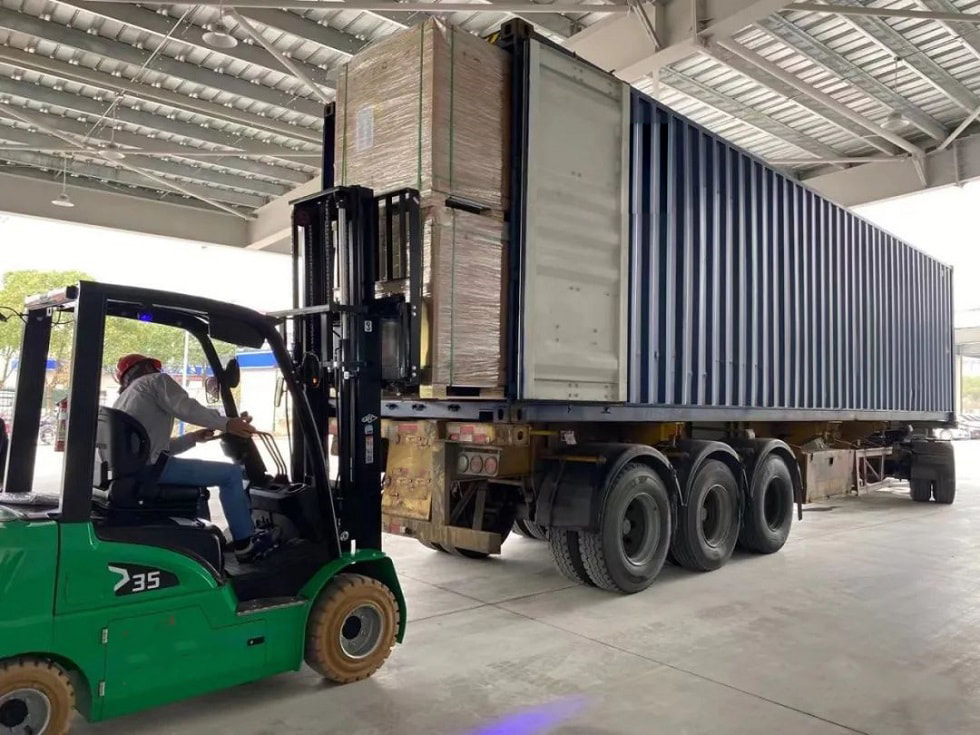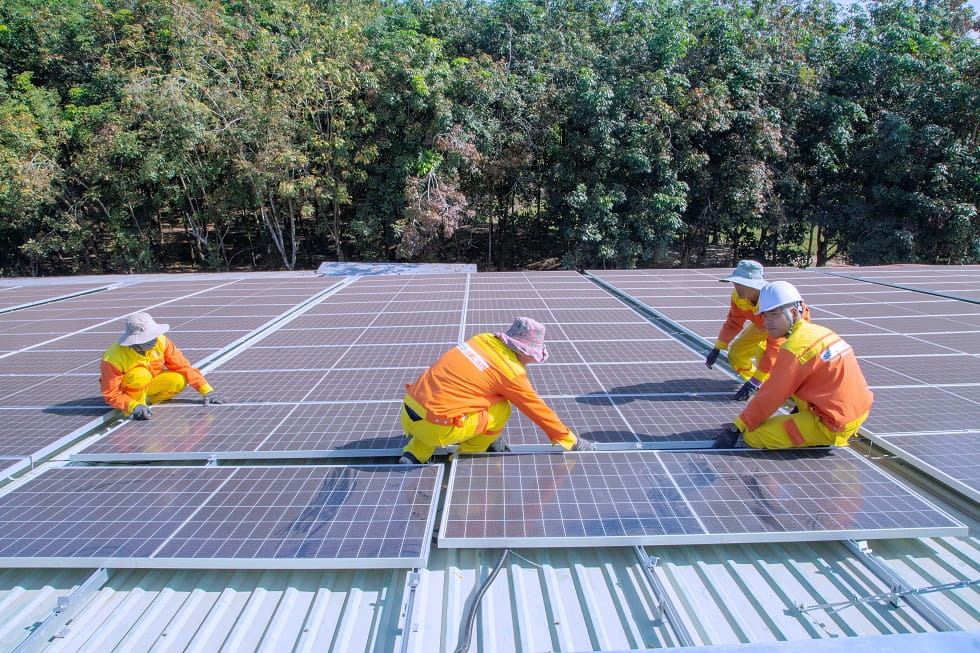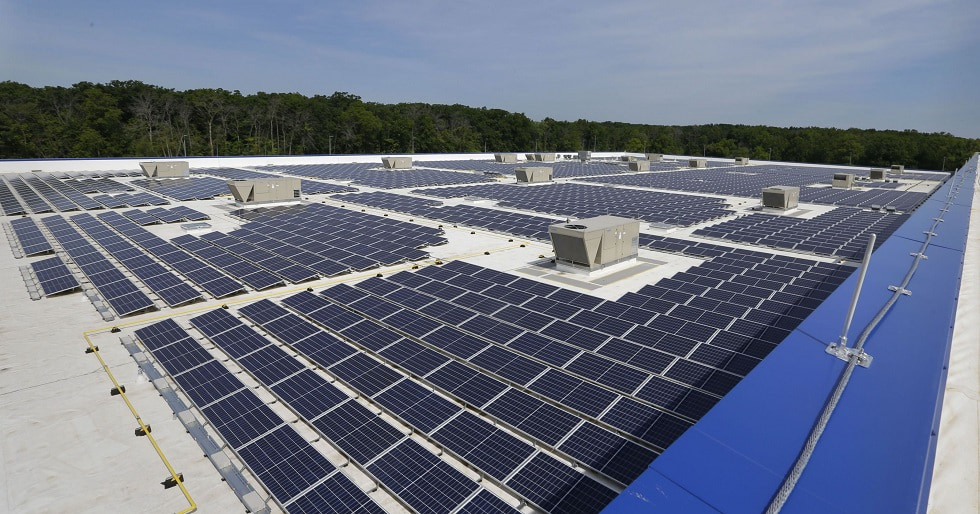Speaking at the Solar Finance and Investment Europe (SFIE) conference in London, hosted by PV Tech publisher Solar Media in London, Colville said that over the past year, especially since the COP26 climate conference in Glasgow in November, the demand for solar solar panels has increased. growth is unbelievable.
"I've never seen such a drastic change in a 12-month period," Colville said. "Right now, everywhere is struggling to get limited supply of solar panels."
Demand for solar panels is about 25-30% higher than industry supply, and about 30% of solar panels currently produced never leave China, which means the rest of the world is competing for the remaining 70%, he said.
Polysilicon capacity remains an obvious bottleneck. Over the past 18 months, as demand for solar panels and polysilicon has surged, producers have been unable to ramp up capacity sufficiently to meet demand. The situation is further complicated by natural events and energy constraints curbing Chinese production capacity.
As a result, Chinese polysilicon producers have hiked prices sharply, leading to an increase in gross operating profit of as much as 70 percent, Colville said.
On the other hand, all new polysilicon facilities take around 18 months to be commissioned, which means a long wait with no short-term impact on module prices.
For the same reason, new production plants outside China are unlikely to be opened. The 18-month timeframe required for the new polysilicon plant, the huge capital expenditure costs and energy intensity are the main risks facing developers, Colville said. Judging by the time it takes to build factories, prices could plummet, or China could squeeze new entrants out of the market, resulting in losses on the first day of business.
Furthermore, these incremental capacity additions are small relative to China's capacity potential and have little impact on the final price of the developer's modules.
Meanwhile, the Ukraine war may also put upward pressure on module prices. Increased demand for components to accelerate the development of renewable energy, coupled with a decline in Europe's reliance on Russian natural gas, will push up prices. Increased material costs from conflict could also lead to higher prices.
In short, Colville's message to delegates at SFIE was not to expect component prices to drop for at least 18 months, or even two years. In the short term, the price may even rise, but for a while, there will be no material change in the price.



